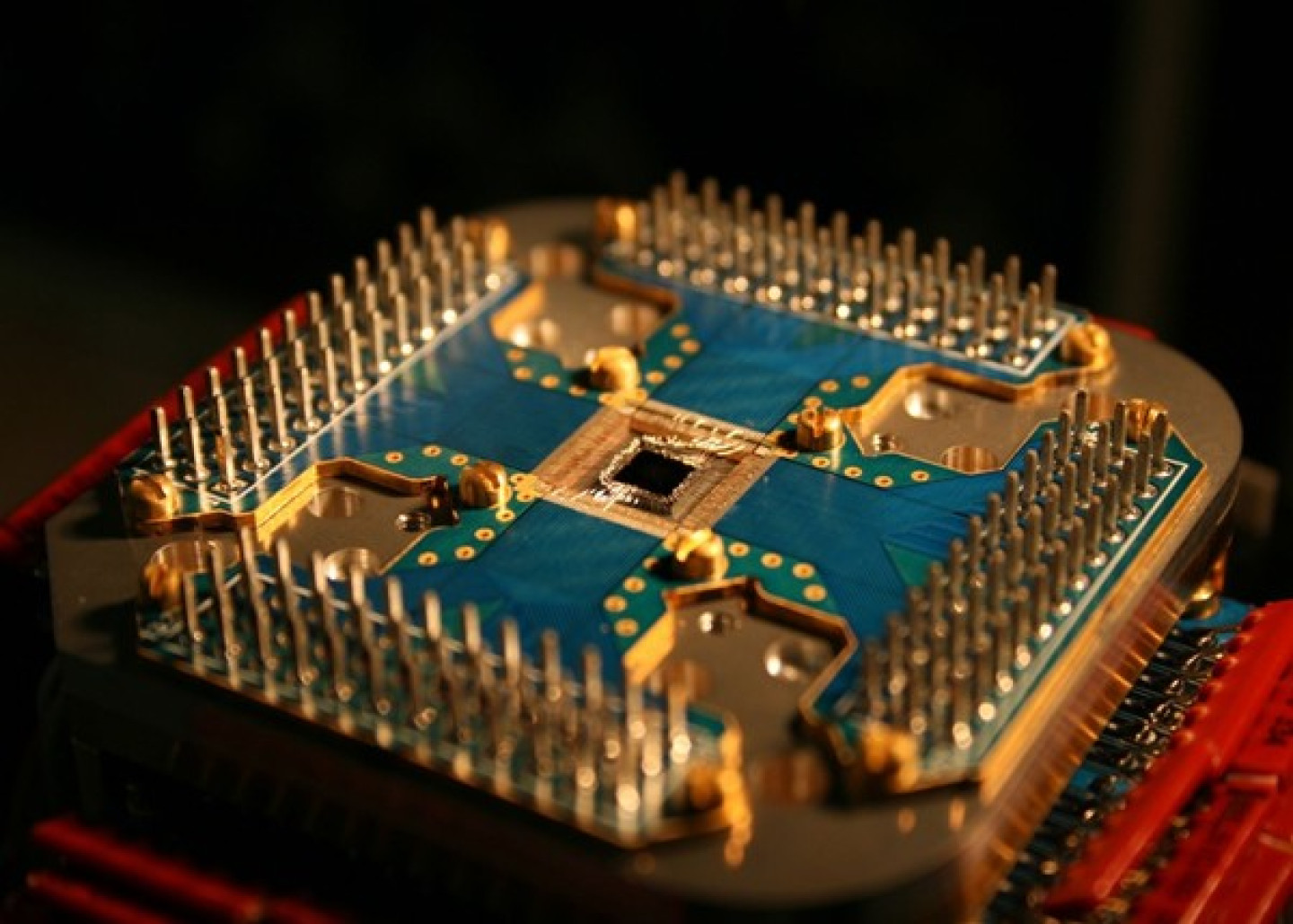Personal Privacy is Dead And Getting Deadlier With Nanotechnolgy
Personal privacy concerns with the advent of Nanocomputing
Just imagine a spy invisible to your eye trace out your name, address, passport, driving license, SSN, health conditions, shopping or net surfing habits and just about everything else that governs your life in a day. All this is possible with the use of nanotechnology.
Since the September 11 attacks, the spy business has experienced a post-Cold War renaissance with projects that were plodding along for years getting a new lease of life.
For instance, the Defense Advanced Research Projects Agency (DARPA) is pouring funds into nanocomputing because National Security Agency (NSA) is looking for faster ways to break codes. Till now, the NSA could break only up to 140 or so prime number encryptions and each set of decryption needed to be done serially.
The NSA's requirement of processors which can do simultaneous tasks up to infinity needs parallel computing (linking several processors). Nanotechnology can be the only help in the implementation of Quantum Computing in such circumstances.

Scientists from MIT, Carnegie Mellon University have already replicated Quantum Computing with light in 2001 which made computing applications far easier. Nanotubes and nanowires are already developed and are racing to industrial fabrication.
Even without nanotechnology, the military has succeeded in creating microscopic Smartdust, a programmed system of many tiny sensors, robots or other devices which can detect light, temperature, vibration, magnetism or chemicals and monitor audiovisual activity. A video camera with computerised circuitry can be fitted in to a chip at a cost of a few dollars.
These chips could be installed anywhere, making ubiquitous spying a fact. But invisible surveillance is possible when Nanocomputing, nano-scale propulsion and robotics combined together.
D-Wave is the first quantum computing company which delivered the commercial quantum computing system to Lockheed Martin Corporation in May 2011.
Vern Brownell, President and Chief Executive Officer of The D-Wave said in a statement:"Lockheeed will collaborate to realise the benefits of a computing platform based upon a quantum annealing processor, as applied to some of Lockheed's most challenging computation problems. Our combined strength will provide capacity for innovation needed to tackle important unresolved computational problems of today and tomorrow,"
© Copyright IBTimes 2025. All rights reserved.





















